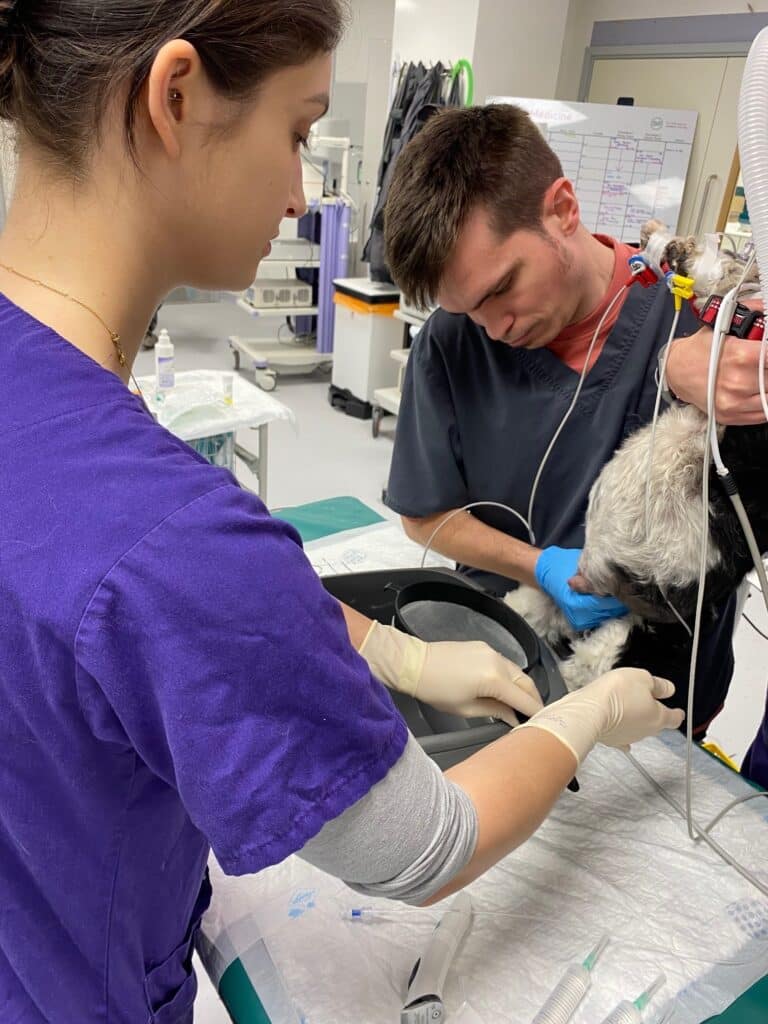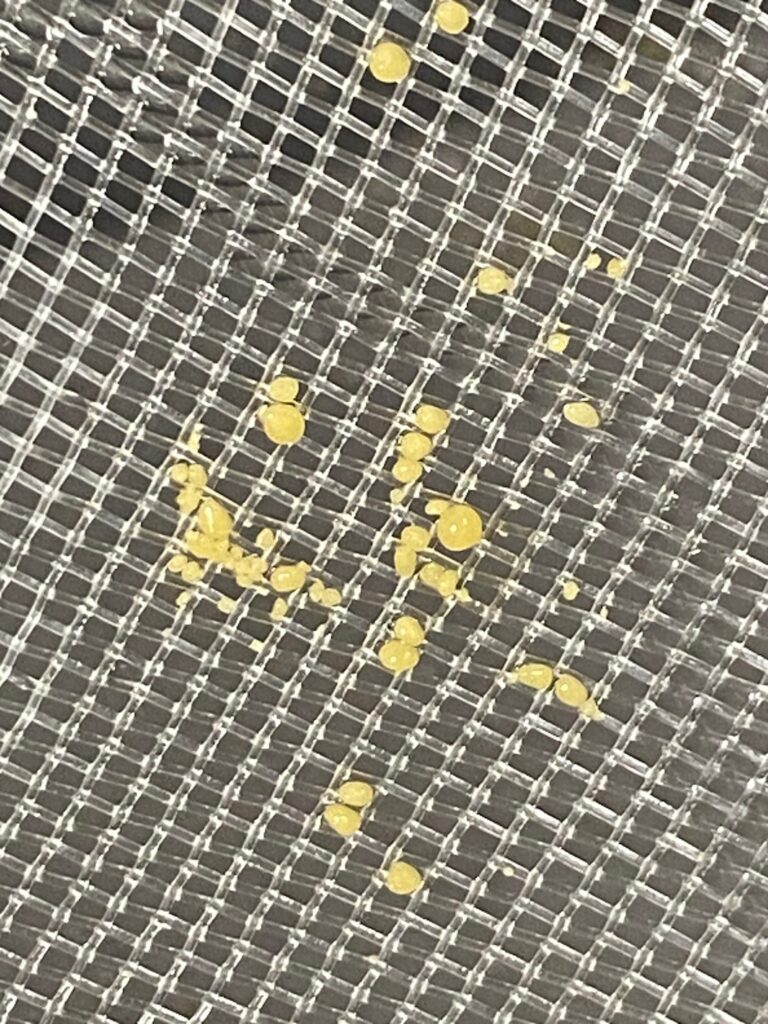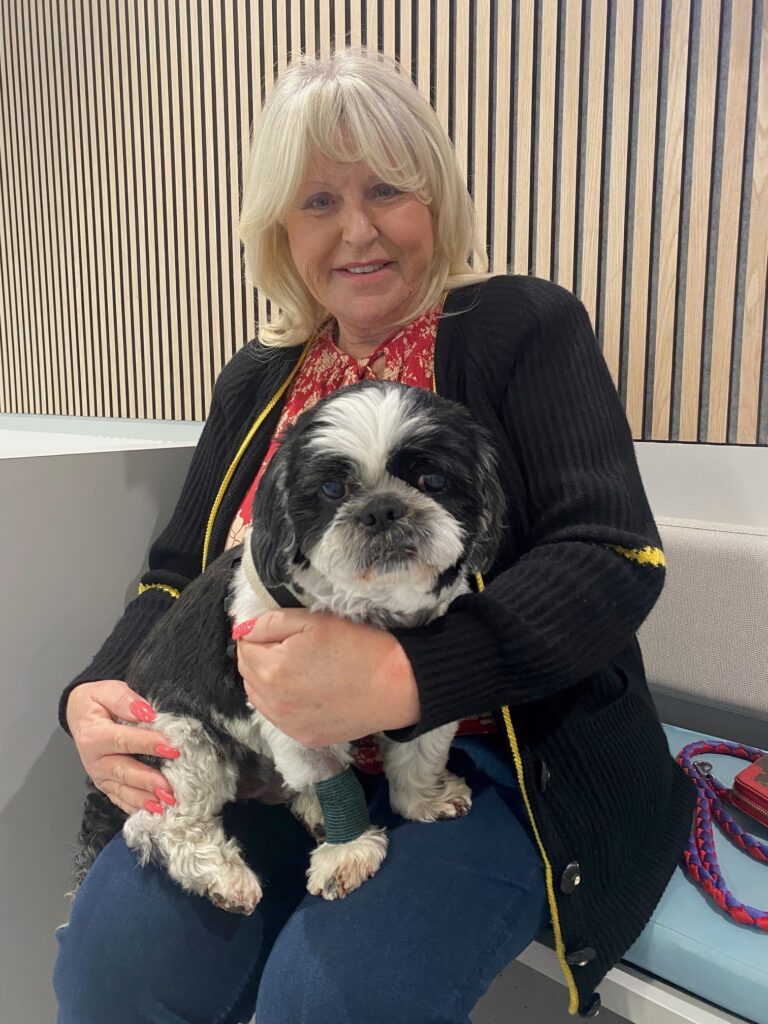Rip, a lovely 11-year-old Shih Tzu is a regular at DWR and has been coming to us for a couple of years. When he first came to see us, he was diagnosed with urinary stones. Like with people, these can continue to build up in the bladder if they aren’t dealt with. If they are left to build up, the stones become bigger and bigger and will start to cause painful symptoms in your pet such as pain urinating, or not able to urinate at all because they obstruct the passage, and then invasive surgery may be the only solution.
His owners said Rip had previously had multiple surgical procedures to try to cure him but nothing worked, they hated seeing him in such discomfort and so sad every time they took him to the vet.

Ferran Sanchez one of our specialists in Internal Medicine came up with a much kinder, less invasive way to keeping little Rip’s stones at bay! With the dedicated internal nursing team, they ensure Rip is left pain free after every visit.
Since he first came to us, Rip visits every three to four months and has a focal scan of his bladder to check for the presence of bladder stones. If there are little stones, then the team remove them with a technique called voiding urohydropulsion.
This technique is based on filling his urinary bladder with saline water and the expressing his bladder. As there is a lot of fluid this causes a lot of pressure helping to void the little stones in a non-invasive way. Voiding urohydropulsion is a quick procedure, done under sedation or quick anaesthesia and the patient can go home after a few hours on the same day. This approach avoids the need for surgery in many cases, and even if the stones are tiny they are able to be removed with this technique.

The regular close monitoring is also very important as it allows the team to detect any small stones before they get too big for this technique to be possible.
Rip goes home feeling so much better after each treatment and his owners said “We couldn’t be more delighted, Rip is like our child and we have seen him go through so much. He is such a happy little chap now and with this simple technique and the regular monitoring we can make sure he can still enjoy his holidays on the beach and isn’t in continual discomfort or recovering from operations.”

